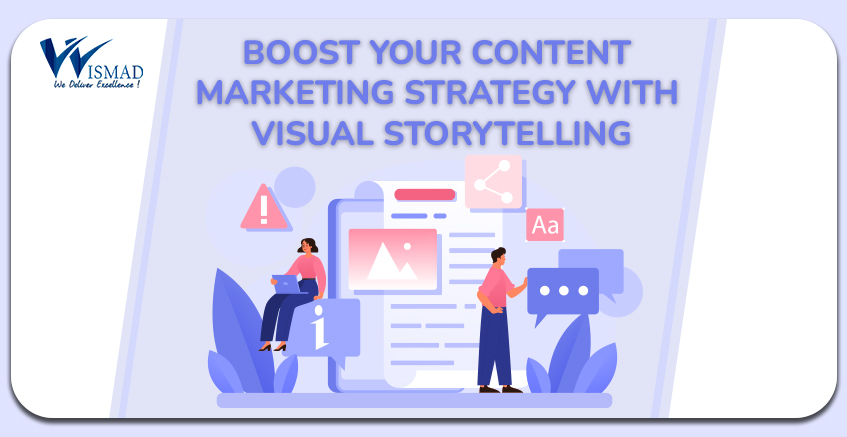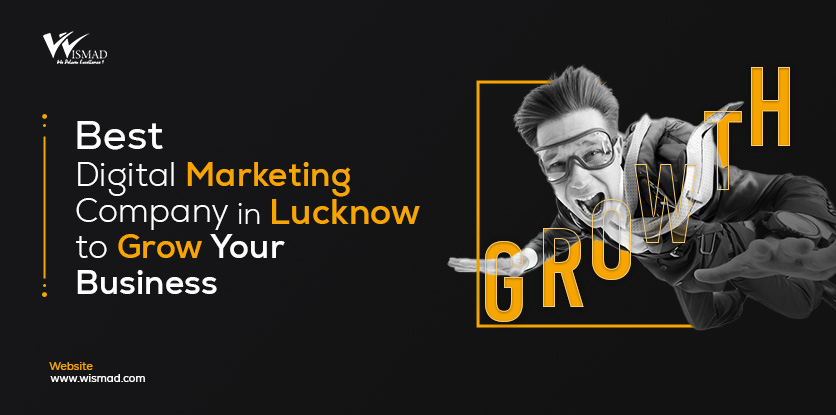The content marketing is a powerful strategy to attract traffic and generate commitment. And among all the possibilities, visual content is the most consumed by the audience.
Statistics help to understand the impact of visual content: the brain processes images 60 thousand times faster than any text. Because of this, choosing visual storytelling as a tool is increasingly important.
Therefore, if a brand offers good storytelling in a visual format, there are many more possibilities that the recipient of this message will get involved. Beyond simply telling a story, this strategy aims to unleash emotions.
A Marketing team that knows how to use visual storytelling is trained to achieve impressive results. For this reason, in this post we will address the following topics:
- What is visual storytelling?
- What are the benefits of this strategy?
- How can a company use visual storytelling?
- What brands are using this strategy?
Keep reading and learning!
What is visual storytelling?
Visual Storytelling is a strategy that aims to create narratives capable of involving the public using the most diverse visual media.
The purpose of the concept is to cause the buyer persona of the brand to be attracted to content that addresses the problems they have in common with the main character of a story.
The main differential of the format that we discuss in this post is that it is based on visual content. We are talking about various types of media, such as:
- videos;
- gifs;
- images;
- illustrations;
- graphics;
- motion graphics;
- memes
You can find examples of visual storytelling with different approaches. The tone of voice of the company is a factor that directly influences how to build this narrative and what format to choose.
For example, if we are talking about a company that uses an informal and fun approach, you can perfectly use a meme. The main value in the concept of storytelling is to create a story that generates identification in the target audience.
Video is a very powerful format
The video has never been as strong as today. With the appeal of being visual content, they are themselves better able to grab the audience's attention and engage them.
Some facts help to understand how powerful videos are:
- 100 million web users watch at least one video a day ;
- by 2022, the video will be 82% of all Internet traffic ;
- 85% of companies use video as part of their marketing strategy.
Video is a very valuable format in which it is possible to create visual productions with more functions, display testimonials, real images of consumers. In addition, it has more participation options, as we showed in the statistics presented above.
What are the benefits of this strategy?
Visual storytelling is a strategy capable of generating many profits in terms of participation. In addition to this achievement, high-quality visual content can generate greater consumer brand awareness.
An image of a product, when done well, generates the idea that the brand sells something of quality. When this image is part of a narrative that highlights the product and creates an idea of ??purchasing needs, the consumer is much more easily activated.
There are some concrete benefits to adopting a visual storytelling strategy. Get to know the main ones below!
More engagement
The role of storytelling is to illustrate the expectations of the audience. That is why visual storytelling creates campaigns that attractively display the benefits of products.
For example, if we talk about a service, a campaign can show with visual content how beneficial its use is. The engagement is achieved when the central character of this campaign reaches a target using that service. The way the story is told is always designed to show the audience's problems and the solution they seek. If the consumer was looking for something that could satisfy him in some way, in the storytelling he gets the answer that this is possible. Engagement is fast in a simple process.
Ability to create an emotional connection
Storytelling has as part of its concept the creation of an emotional connection with the receiver. For this, history must always bring:
- campaigns that tell stories of ordinary people, as well as the consumer;
- In these stories it is necessary to reach some goal;
- It is essential to connect the product in question with the added value it brings.
A campaign can show someone happy because they bought a new car, satisfied with buying property or insurance because a new drug brought the quality of life. All these moments involve emotions linked to conquests. These feelings will be shared by the recipient, who also seeks to achieve these goals, and the way the story is told shows that he can achieve it too. The visual resources used are the main added values ??in this generated emotional connection. With images, videos, and other content, it is much easier to convey the desired sensations.
Causes them to be shared
Sharing is essential for content to reach more people, especially within your target audience. When a visual storytelling campaign leads to an emotional connection, it generates the desire to consume and, in general, it is shared. Images and videos are self-explanatory content. If a user sends it to someone else, that recipient will need to see it to understand the message of the content.
Videos, for example, generate much more motivation when it comes to sharing them. A survey showed that users are twice as likely to share videos as any other type of content.
Therefore, a visual storytelling campaign can reach more people than planned. The more they are shared, the greater the engagement. In addition to reaching more people, you will also have better conversion rates and greater brand acceptance.
How can a company use visual storytelling?
Do you want to know how to use visual storytelling in your campaigns? With this resource, you can create compelling narratives and amazing content to use at strategic moments.
Here is how a Digital Marketing team does it and the results they get!
To get more attention
Do you feel that your campaigns have not generated traffic and participation? Perhaps the format used is not the most appropriate. Visual storytelling has great potential to attract attention and generate more actions from the public. In addition to a coherent narrative, this model relies on visual appeal, as 40% of people are more likely to respond to visual stimuli than to text.
Launch a product
Visual storytelling can be a solid strategy for launching a new product. In this case, the idea of ??the campaign is to generate the desire to buy, so the storytelling must be focused on what advantages and added value the product will have. A high-quality production generates the idea that there is a highly qualified product. Naturally, they will engage with the idea and be closer to conversion.
Seasonal campaigns
Holidays, Deepawali, and various other seasons are exciting for consumers to buy more. Your brand can drive consumer desire with visual storytelling.
Great campaigns are additional motivators to drive your audience to convert. You can use a brand tracking tool to measure the success of your campaign and the conversion rate. Campaigns must be appropriate for the season. This adaptation will serve to bring a context that explains the reasons why the public should buy.
To create epic ads
Brands can create epic ads using visual storytelling concepts. Some of the top ads use narratives that engage, excite, and engage.
In addition to the high quality of the visual productions, there is also the factor of acceptance by the public. A survey found that 92% of consumers prefer storytelling ads. A well-told story, with visual elements that help portray the narrative, in addition to being attractive, can generate the results that your business seeks.
What brands are using this strategy?
Many brands are using visual storytelling right now. The most interesting thing about this strategy is that it does not impose restrictions. No matter the segment of the company, not even its tone of voice, it is possible to create a narrative capable of interacting with the help of the image.





Leave a Comment